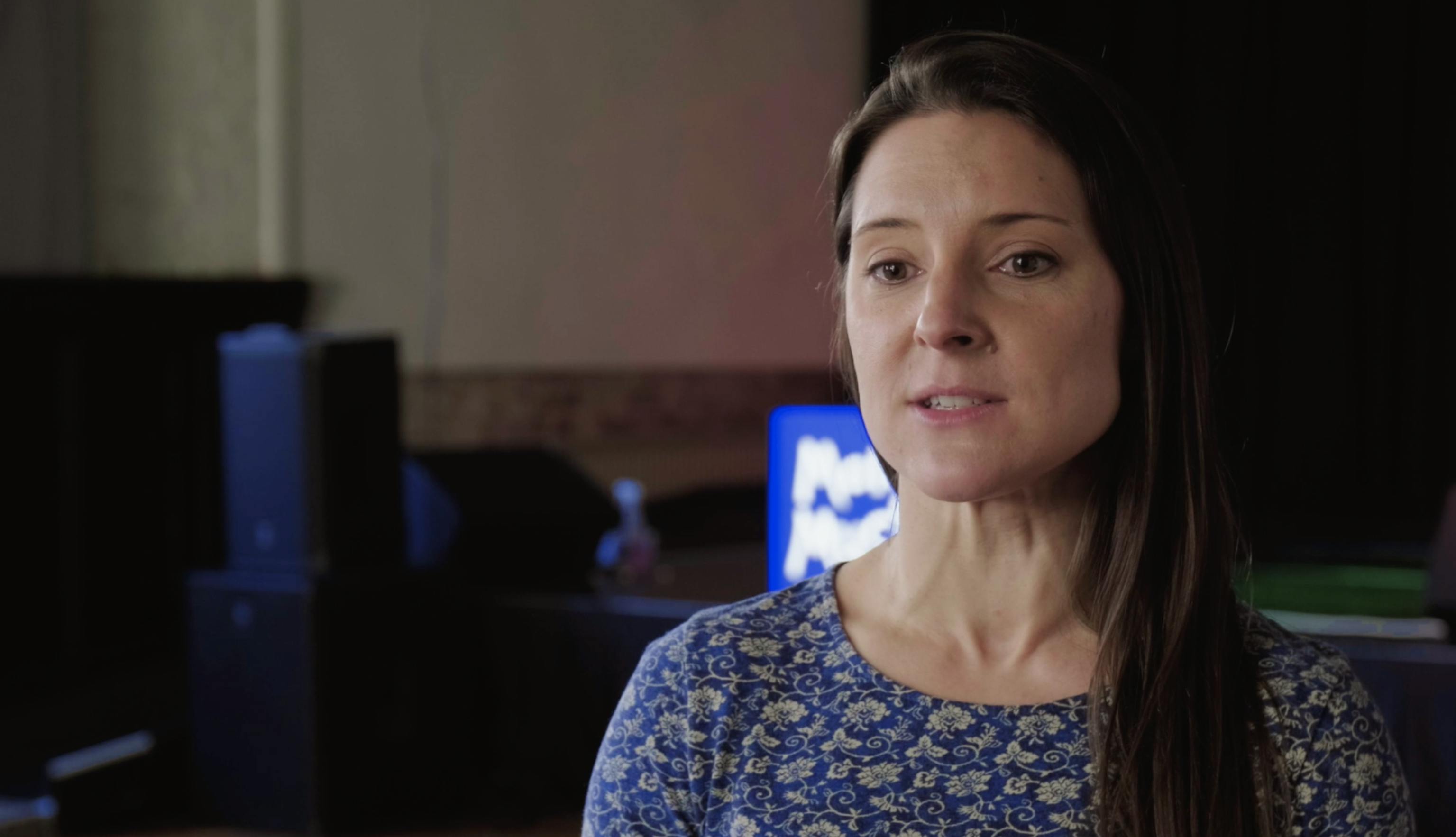Unboxing musical genres
Music education professional Cath Sewell discusses the value of embracing all genres and styles in music education.

- Date
- 27 November 2022
- Author
- Cath Sewell
- Category
- Thoughts
The blurring of lines between genres is where the exciting stuff happens.
For music education professional Cath Sewell, binary categorisation in music education limits engagement and distances young people from connecting with what music is actually for. Cath asks how the evolution and energy of music can be better represented in music education, and how we can make music education reflect our multicultural and intercultural society.
In November 2019, people working across music education gathered for the Unheard Voices conference.
Organised by Brighter Sound and More Music as part of the Reaching Out Network, the day asked ‘whose voices aren’t being heard?’
Key speakers responded to Youth Music's HEARD model which summarises how to create musical experiences with inclusivity at the heart. Watch or read Cath's take on 'Diverse' - all musical genres, styles, techniques are valued equally.
Transcript
Thinking about musical genres brought back to mind a conversation I had with a student about what is and is not dubstep. And I remember, as a jazz student, hours spent debating what is and isn’t allowed to be called jazz. As human beings we love to categorise, and, I think, put things into boxes. And it’s especially useful in education as it means there are right and wrong answers. You can do your revision for your GCSE Music exam and then you can confidently say, in your exam, which genre box a piece of music fits into.
From what I’ve observed, we’ve come a long way in the last 20 years in terms of genre diversity and music education. If you take the widely used Charanga resources as an example. These are used by specialist and non specialist teachers in primary schools to deliver the national music curriculum. And they include a huge range of music, and it’s great to hear Bob Marley’s ‘Three Little Birds’ and Bon Jovi’s ‘Livin’ On A Prayer’ being performed in primary schools across Lancashire and across the country. Western classical music no longer dominates in most secondary schools. And there’s wider access to music technology. And I think there’s an effort being made to look at the cultural context of different genres. You don’t often hear anything non western being defined as ‘world music’ anymore.
So, while it’s great to see more genres represented in education, I do wonder if this binary categorisation in itself limits engagement and distances young people from connecting with what music's actually for. Does it just leave them to be passive consumers of music rather than active and engaged musical adults? Going back to the 'what is jazz?' or 'what is dubstep?' debate, both of these musics emerged out of specific social and cultural contexts at a certain point in time. And then they combined a myriad of other musical influences and both musics continued to change and evolve today, as living art forms. For me, the blurring of lines between genres and the cross-pollination of styles is where the exciting stuff happens. And I would argue it’s how all music across all of human history has evolved. And how can that evolution and energy be better reflected in music education?
Firstly, I’d suggest genres and styles of music should always be connected with social and cultural context. When and how did they emerge? And what are the human stories that are connected to the music? Importantly, how are they relevant to contemporary musical culture, and young peoples’ own emerging musical preferences?
Secondly, students need contact with diverse music educators and artists, in the classroom. The way music’s taught, obviously reflects the background and confidences of the teacher, and if schools can connect and collaborate with a range of musicians we can give students a more authentic experience as well as the connection to the music industry. We live in a multicultural and intercultural society, and the music scene today reflects it, so, so should our music education.
Thirdly, we can facilitate a learning environment where we teach musical skills to support musical creativity. Maybe this is a greater emphasis placed on aural skills and improvisation?
Finally, there needs to be the space for students to explore making music in their own social context. Bringing together their skills, curiosity and creativity, both individually and in groups, online and in person. And this will help us to support diverse progression pathways for all children and young people. And the more people who are engaged in music-making, creating, collaborating and sharing, the more interconnected and exciting genres will emerge, and the richer all of our musical futures will be.
"We live in a multicultural and intercultural society, and the music scene today reflects it, so, so should our music education."
About Reaching Out
Reaching Out is a training, development and future-thinking network hosted by music organisations More Music and Brighter Sound.
The network is aimed at project managers, programme managers and anyone else planning and managing inclusive music activity across the North West for children and young people.
To find out more, email Molly.








